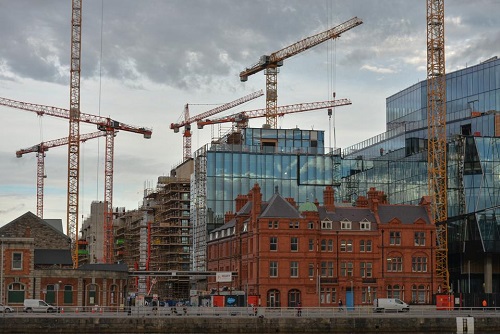 Saturday, April 20, 2024
Saturday, April 20, 2024  Saturday, April 20, 2024
Saturday, April 20, 2024 
There is predicted to be a big shortage of workforce in the construction industry, with 1 worker being hired every 77 seconds by 2021 in the UK alone. Inefficiencies can be found in nearly every area of the construction ecosystem, starting from design through to implementation. These inefficiencies not only result in increased costs but also environmental impacts such as materials wastage, inefficient space allocation or increased pollution. Many construction design processes that are currently done manually can be automated thanks to advances of Artificial Intelligence and Machine Learning.
However, despite the huge potential that these new technologies bring to the construction industry its growth has been slower than expected, with roughly 1% growth year on year compared to industries such as manufacturing, growing at a far quicker rate of 3.6%. The slow rate of growth in construction can partly be attributed to a lack of innovation. Many other industries have embraced technological change, whereas the construction industry has lagged behind. However, recent developments in AI technology mean that there are now multiple opportunities where this can be utilised to aid technological advancements and innovations within the construction industry. This article will expand upon 5 AI technologies that are likely to shake-up the construction industry over the next decade.
1.Generative Design
Generative design is a process that enables designers to explore hundreds of thousands of possible designs in minutes. It works through providing the algorithm a set of key parameters such as: cost, weight, CO2 emissions, material wastage, total space and outputting various designs with respective scores on each of the parameters. This enables designers to quickly identify the most optimal design based on the project objectives. Generative design will greatly speed up the design process enabling architects to consider hundreds possible solutions in minutes. The final designs are also expected to be more precise, efficient and accurate, resulting in lower material wastage, CO2 emissions, and overall environmental impact.